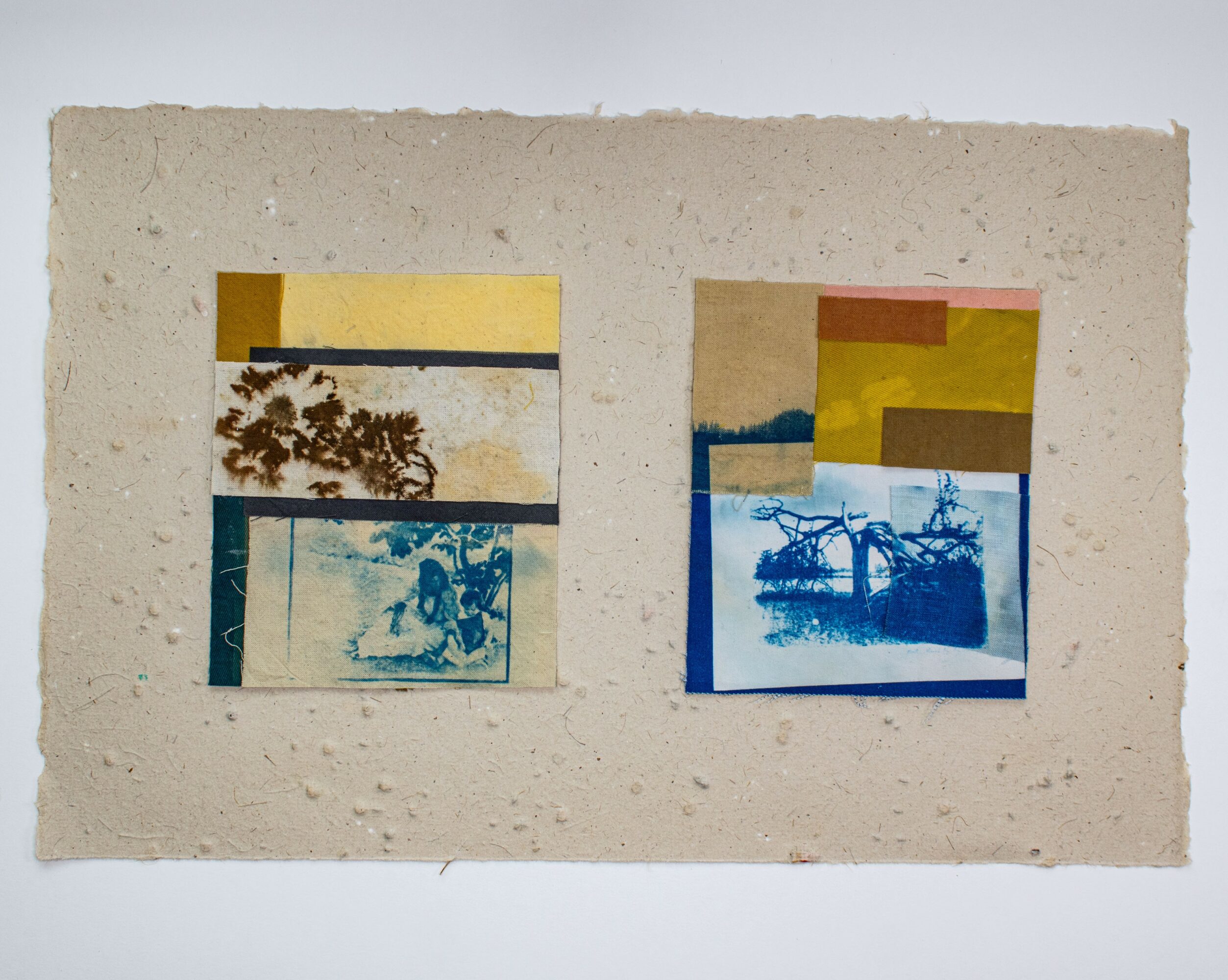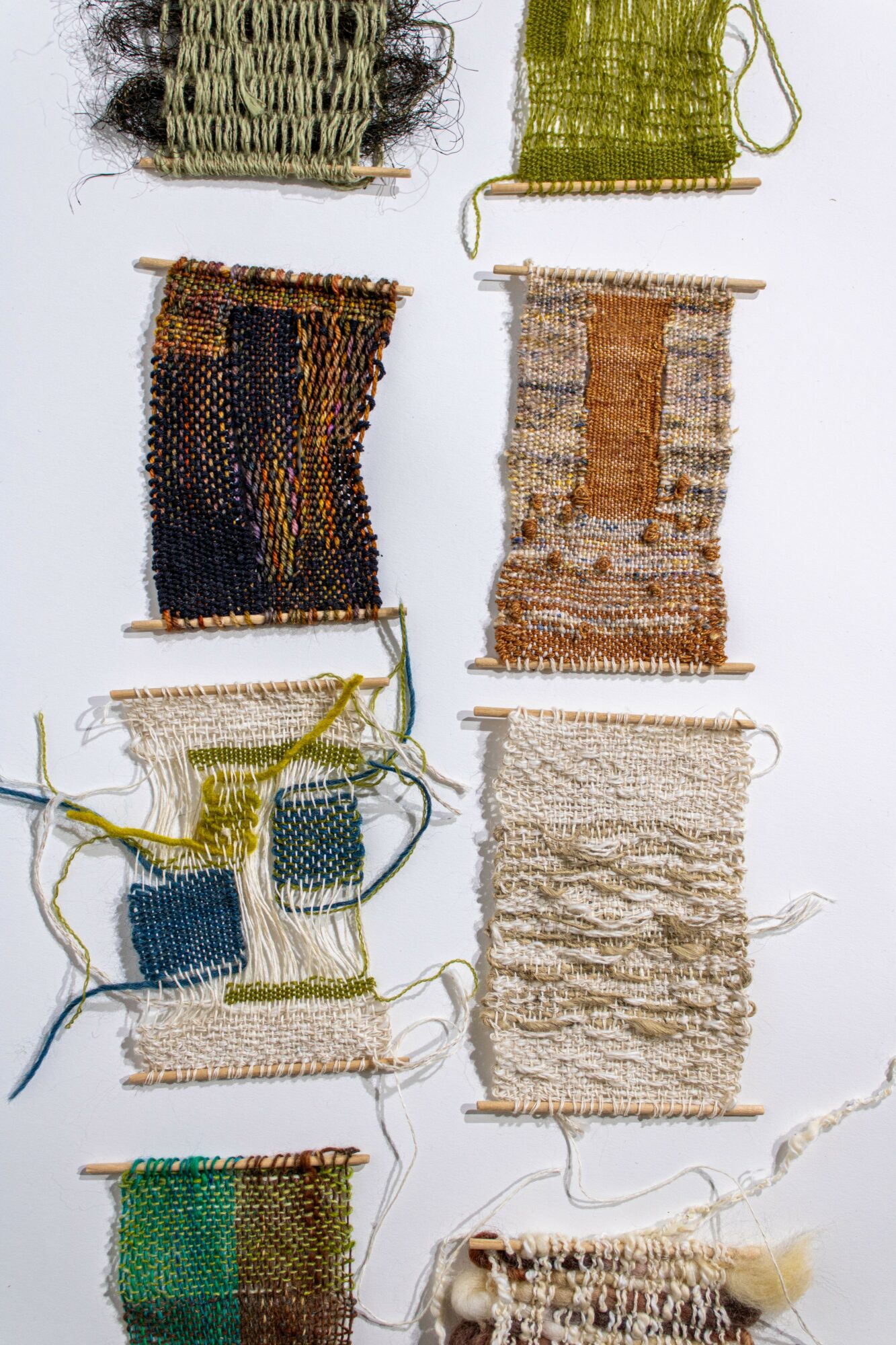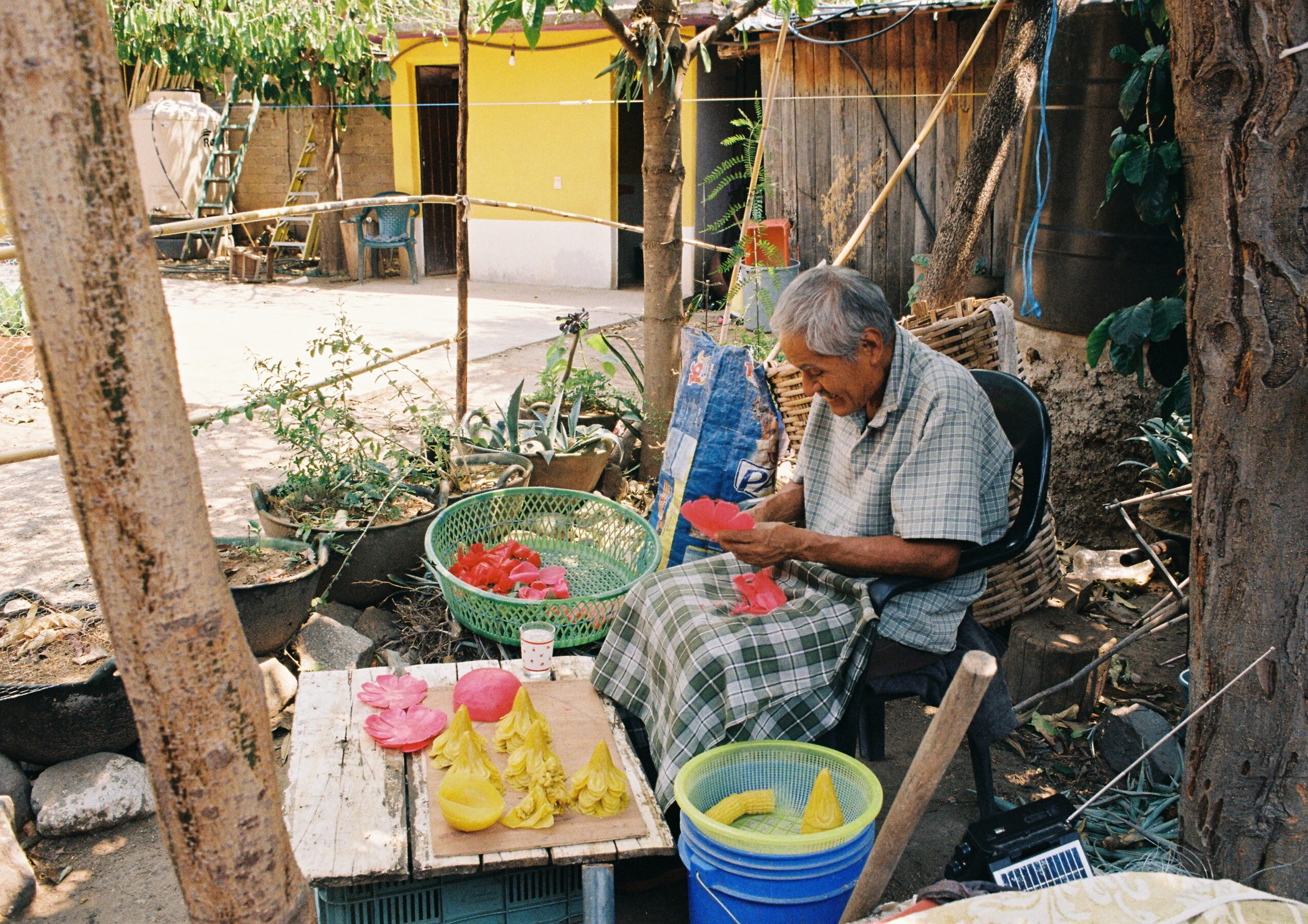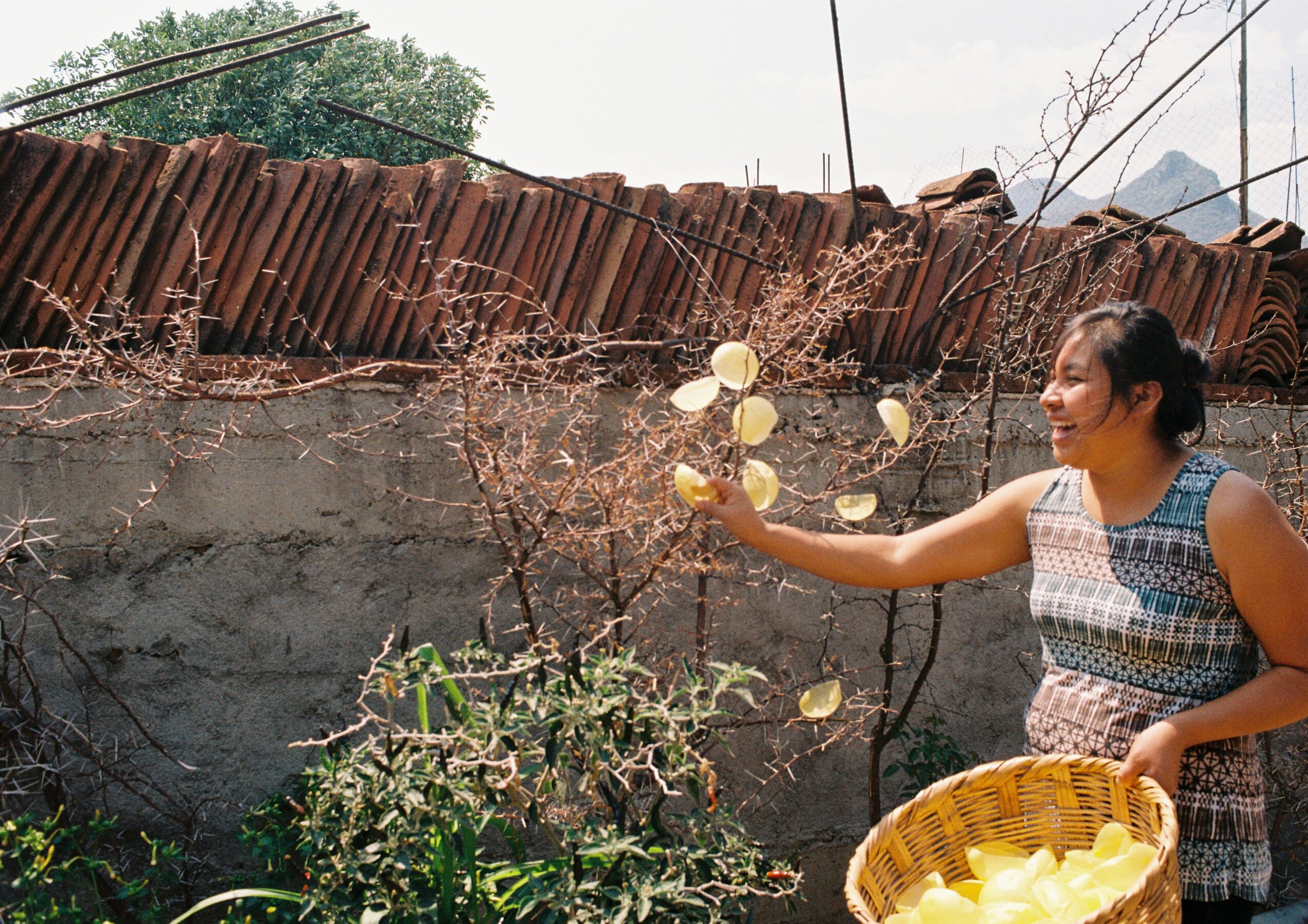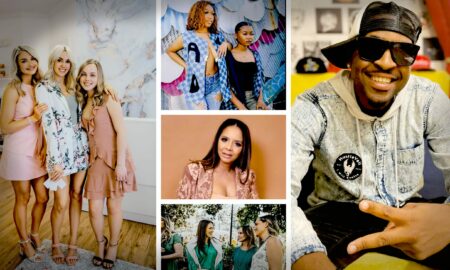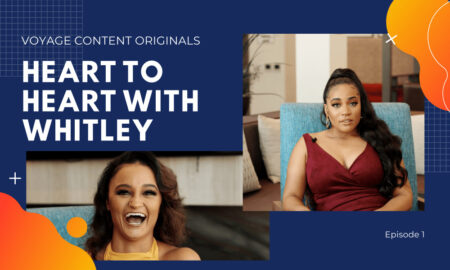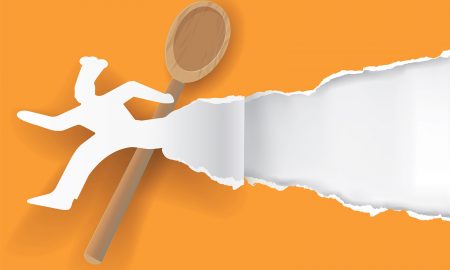

Today we’d like to introduce you to Yael Shriki.
Hi Yael, we’re thrilled to have a chance to learn your story today. So, before we get into specifics, maybe you can briefly walk us through how you got to where you are today?
My journey into the art world is still unfolding, but with each step forward, I gain more confidence that I’m exactly where I’m meant to be.
I was born in New Jersey to Israeli and Ecuadorian parents who separated when I was very young. As a child, I was endlessly curious and creative—always making something with my hands. I made beads from paper scraps, painted, doodled inventions, and built forts from furniture. That playful, hands-on creativity was my happy place, long before I understood it could become a life path.
When I was nine I became an older sibling, eventually to 5 siblings, and naturally took on a caregiver role. Moving between households and watching my parents work hard to provide for our family, I developed a deep desire to be a leader and make them proud. That sense of responsibility initially led me to business school in New York City—I thought success meant following a conventional path.
Then the pandemic hit. Like many people, I was forced to pause and reflect. I realized I was moving through life on autopilot, chasing a version of success that wasn’t mine. So I dropped out and returned to what made me feel alive—crafting. I taught myself to knit and crochet, filling my days with yarn, color, and creativity. I made hats, scarves, dresses, and even started sewing and tufting. That return to craft reawakened something in me.
In 2022, I moved to Florida seeking a fresh start and enrolled in community college to study architecture—a compromise between creativity and stability. But I found myself pouring far more energy into my art electives: ceramics and figure drawing. That clarity gave me the courage to shift directions again, this time to fine arts with a concentration in ceramics.
Everything changed when I met fiber artist Aurora Molina. Interning with her and becoming part of her community of women crafters opened my eyes to a world of art I didn’t know existed. I realized that all the skills I had been learning on my own—crocheting, knitting, sewing, paper-making, bookbinding, dyeing—belonged to a rich, intergenerational craft tradition deeply tied to womanhood and storytelling. I even had the opportunity to travel to Oaxaca with Aurora and other artists to learn from local artisans whose work spans generations. That experience was more than transformative.
It was there that I made a promise to myself: to fully commit to my creative path. I applied to art school and moved to Savannah to study textile arts at SCAD. That was just over a year ago—and it already feels like home.
In January, I launched my own knitwear brand, Gaya Knits, where I handmake garments and accessories solely from natural fiber. Among this, I’m developing my knowledge in dye, weaving, and colorwork. This journey has allowed me to become a leader and a creator in ways I never imagined possible when I was younger. My formal education may just be beginning, but my heart has been in this work for as long as I can remember—and every day, I feel honored to be living my truth.
I’m sure it wasn’t obstacle-free, but would you say the journey has been fairly smooth so far?
One of the biggest challenges for me has been redefining what success means on my own terms. Growing up, I always admired my father—he built a successful moving company in his 30s and now owns a construction business, all without attending college. He moved to New York City in his 20s with almost nothing, and through hard work and determination, created something solid and lasting. For a long time, I felt like I could never measure up to that.
It took years—and a lot of unlearning—for me to realize that success doesn’t have to look the same for everyone. My path is different, and that’s okay. Choosing an artistic life felt, at first, like a rejection of what I thought was expected of me. But now I understand that creating something meaningful, something that speaks from the heart, is just as powerful a legacy.
Like many emerging artists, I’ve also dealt with imposter syndrome. I’m still discovering my artistic voice, and there are moments when I worry my work won’t amount to anything or that I don’t belong in the spaces I’m entering. But I try to remind myself that doubt is a part of growth—and that every piece I make brings me closer to who I’m becoming as an artist.
As you know, we’re big fans of you and your work. For our readers who might not be as familiar what can you tell them about what you do?
As an emerging artist, I see myself as still in the early stages of exploration—documenting, experimenting, and discovering what my body of work looks like. Right now, my focus is on color and fiber. I’ve been working with synthetic dyes but am transitioning fully to natural dyeing, which feels more aligned with my values of sustainability and honoring tradition. I’m fascinated by color relationships, and I meticulously document my dye recipes and explore layering in both collage and textiles.
Alongside this, I work with the knitting machine, which I love for its rhythm and the way it bridges handcraft and mechanical aid. Through my knitwear brand, Gaya Knits, I create garments from natural fibers, and I’ve been expanding that into sculptural knitted panels and knot work. Across everything I do, craftsmanship and attention to detail are at the heart of my practice—I deeply value how materials carry energy and meaning, and I try to honor that through ritual and repetition.
One project I’m especially proud of was a group exhibition titled Hallelujah, where we transformed recycled materials into garments. I created a romantic mini dress woven from salvaged copper wire and recycled tulle. Beyond the work itself, I’m also proud of the person I’m becoming through this journey—an artist, a future art educator, and someone committed to sustainability and community building.
What sets me apart is the heart I bring to craft and my deep love for womanhood, tradition, and intergenerational knowledge. My practice is rooted not only in making but in gratitude—for the labor and love of those who came before me, and for the responsibility I feel to carry that forward for the next generation. For me, being an artist isn’t just about producing objects—it’s about embracing a way of living that’s genuine, sustainable, and deeply connected.
Do you have recommendations for books, apps, blogs, etc?
I’m really inspired by books that connect art, craft, and ways of living. Braiding Sweetgrass reminds me of the reciprocity between people and the land, which deeply influences how I think about sustainability in my work. I also return often to Frida Kahlo’s Diary—her honesty and vulnerability give me courage in my own artistic. voice. And artists like Sheila Hicks and Olga de Amaral are constant sources of inspiration—their approaches to fiber remind me of the infinite possibilities within material traditions.
On the practical side, I use a few digital tools that keep me both organized and inspired. Notion helps me track my projects and dye recipes, Are.na is a wonderful space for research and curating references, and Pinterest continues to be a place where I explore visual connections and spark new ideas. I also love Milanote to organize projects on a broader scale, add to do lists, collaborators, and inspiration all in one place.
I try to balance structure with play, so I lean on both organizational tools and sources of wonder—together they keep me grounded while also leaving space for discovery.
Contact Info:
- Website: https://gayaknits.shop
- Instagram: https://www.instagram.com/yaelgabriella/
- LinkedIn: https://www.linkedin.com/in/yaelgabriellashriki/
